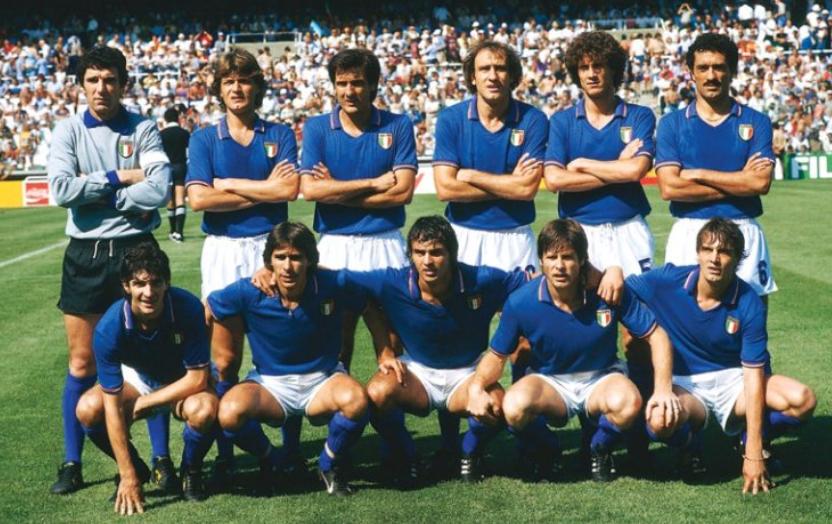Words fail us. When it comes to love or grief, they can never fully articulate how we feel inside. How can the word ‘love’ really convey what we mean when we say it? How does ‘I am sorry for your loss’ really show how much you care about the trauma an individual goes through. Words are our key means of communication yet at times they seem just not enough.
Yet, in other times, words are more powerful than we can imagine. They can bring governments to their knees and start wars in an instant. And words can tell you all you need to know in a moment.
In the world of calcio, one word that stokes the flames of passion in the hearts of those who hear it, and brings glorious images of the past to mind is ‘Azzurri.’
It is a word that can strike fear into those versed in the weight of history behind it. It can bring pride and shame to a nation, and make its people laugh and cry in equal measure. And it is a word that is destined to continuing thrilling and infuriating for many a year to come.
Azzurri is of course the nickname for the Italian national team. And simply translated means ‘The Blues’ – not the most intimidating of names but one that has stood the test of time. But why are Italy known as the Azzurri? And why do they wear this colour when they take to the field?
When thinking of any national team and the jerseys they wear, it is natural to expect the colours of the national flag to be featured. This is true of France, Spain, England, Brazil, Argentina and many others. But when it comes to Italy, it is not the case.
The Italian national flag consists of the green, white and red. The romantic notion of the provenance behind these selections suggests that green represents the hills of the country; white, the mountains; and red, the blood of those who fought wars for Italian independence. The reality is much more mundane and relates to the amalgamation of regional flags – but don’t let that get in the way of a good story. However, the colour blue is absent from the flag. So where did it come from?
The Italy of today is very different from the one of the early 20th century. Italy is now categorised as a Republic, with the power held by the people, and the men and women they elected to represent them. However, in the early 20th century, Italy was still a monarchy ruled over by a King or Queen. This royal family was known as the ‘House of Savoy’ or ‘Casa Savoia.’
This royal house ruled Italy (with some interruptions) from 1861 to 1946. Significantly, the official colour of the House of Savoia was blue, so when the Italy national football team played their first ever match back in 1910, they adopted the colours of their royal family rather than those of the national flag.
Following Mussolini’s downfall at the end of WWII, a referendum was held to determine the future governance of the nation. The question was whether Italy should continue under a monarchy or become a Republic. King Victor Emmanuel III, who was tainted by his earlier support for Mussolini, abdicated in favour of his son, Umberto II. On June 2, 1946, Italy went to the polls to determine the future of the country. Nearly 13 million voted and 54.3% opted for a Republic.
However, a graph of the results showed a much divided nation with the majority in the north voting in favour of the Republic, and the south voting heavily in favour of retaining the monarchy. While the country itself was divided, one thing remained a constant throughout, the Italian national team continued to take to the field in blue. The colour of a royal family which no longer was at the head of the state.
More than 70 years after the referendum, Italy has added two more World Cups and a European Championship to its haul of silverware – all achieved wearing the iconic Azzurri shirt.
Italy are the Azzurri. But the word born in a bygone era has since taken on a new significance, one that is a far removed from its origins in the realm of Kings and Queens. Today, it represents national sporting pride, it has the power to fill stadiums, and to bring families and friends together – to cry in defeat and to cheer in glory.


Viva gli Azuri 🇮🇹